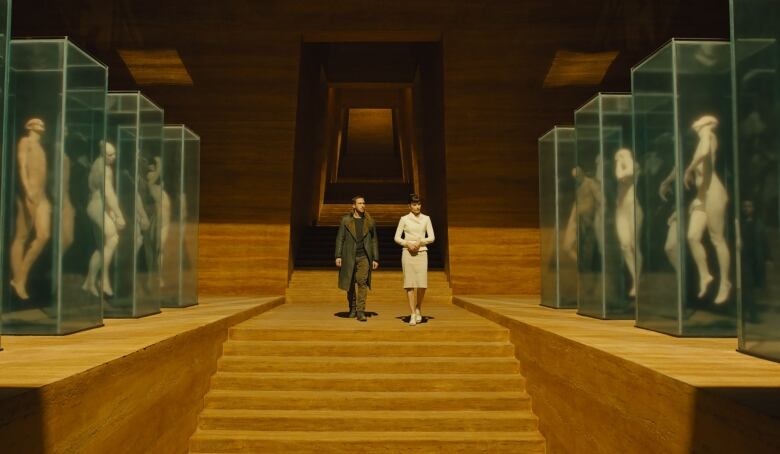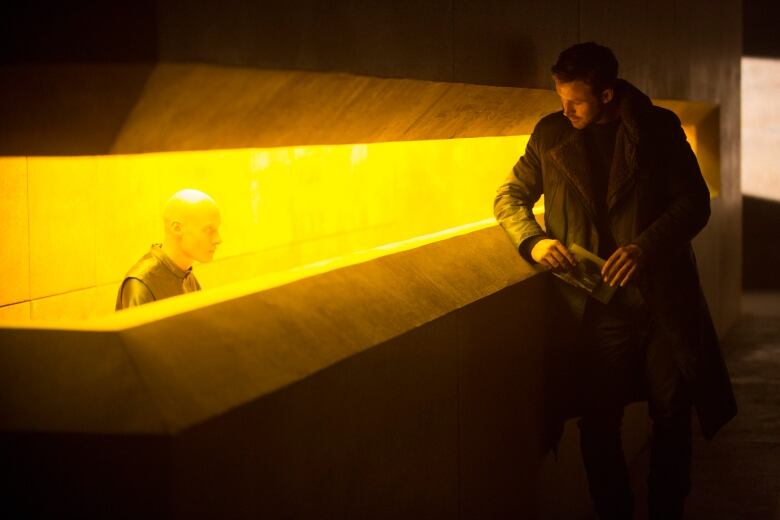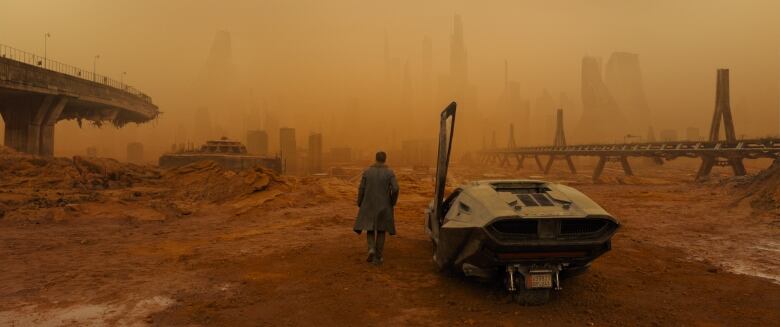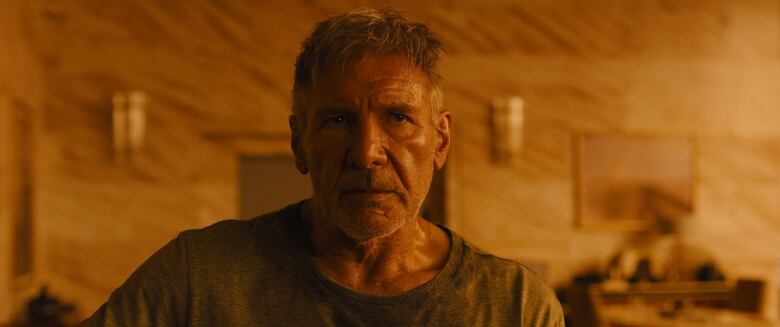Blade Runner 2049 is an upgrade for our artificial age
Canadian director Denis Villeneuve expands the theme of the sci-fi classic with his ambitious vision

So here we are again,skimming through the neon canyons of Los Angeles.From its opening vistaan endless grid of grey, the colour of ash Blade Runner 2049 looks both futuristic and familiar; a return to the vision first presented by director Ridley Scott decades ago.
But is Blade Runner 2049 a shiny simulacrum? A cinematic replicantin the shape of the original?Or could Hollywood's new favourite golden boy, Canadian director Denis Villeneuve, make a sequel that stands on its own?

Beyond the looming Geisha girls and East-meets-West aesthetic, what helped 1982's Blade Runner achieve cinematic immortality was the existential quandary at theheart of screenwriter Hampton Fancher's tale. Original starHarrison Ford said little, but spoke volumes, as Deckard:the grizzled detective afraid of where the mystery wouldlead him.
For this new sequel,Fancher joined by fellow screenwriter Michael Green builds on that foundation with a new quest investigating dead replicants, false memories and our very idea of what is real.

The new film takes place in a synthetic world that's a darker dystopiathan the original. The streets of L.A. are covered in snow.Dinner is GMO foodstuffs hiding under holograms. The Earth is ruined and technology is humanity's only salvation. In this world of silicon and simulation, authenticity is the Holy Grail.

Famine and wars reshaped this world.Synthetic farming saved it, along with a new line of replicants: the nearly-human androids which the titular Blade Runnerofficers are assigned to hunt.
Enter Niander Wallace (Jared Leto) as theblind inventor who created the new food sources and wants his new breed of replicants to help humanity fulfil its destiny. While no one will accuse Leto of restraint in his surfer-guru-meets-prophet performance, he's eclipsed by Sylvia Hoek as his eerie assistant, Luv. Like Sean Young's characterfrom the original, Hoek's Luv is a vision of perfection, but there is malice in her eyes.

True to the noir-ish influences of the original, Ryan Gosling picks up where Harrison Ford left off as a Blade Runner assigned to retire rogue models. As in most Villeneuve films, emotions are wrapped tight, which makes the addition of Gosling critical. Like aPhilip Marloweclone, Gosling's Kadds a weary tinge of humour to the simplest moments say, a subtle smirk against the cold.
At home, where Russian bag ladies bark outside his apartment door, K lets his guard down. The one person to whom he reveals himself is Joi, a digital companion (Ana de Armas). Though Joi is transparent and tied to her hardwarewe're constantly reminded of her artificiality K's attachment to her is very real.

A revelation unearthed near the start sends K on a circuitous path, searching for something that could hold the key to the future ofreplicants.
While some will see the Blade Runner 2049's 163-minute-long journey as indulgent, it's just more time to marvel at the exquisite cinematography of Roger Deakins, who invokesa Martian landscape to depict the ruins of Las Vegas (inspired by a dust stormthat struck Sydney,Austraila).

As promised in the trailer, Ford's Deckard does make a return as the film winds its way towards a conclusion.
The veteran actor has rarely been better, his face hiding behind that magnificent scowl. When he finally drops the mask, emotions arrive like athunderclap.

In many waysBlade Runner 2049is the film Montreal's Villeneuve has been building towards his entire career, after the visceral drama ofIncendies, thescope ofSicarioand the hope ofArrival.
Though the film has been a personally exhausting project, the degree to which he's managed to articulate and extend Scott's original vision is nothing less than stunning.

If the sequelhas a weakness (besides a somewhat soggy finale), it's that it lacks the open-ended ambiguity of its predecessor. Instead, there's a satisfying click as the last puzzle piece falls into place.
Blade Runner 2049 is an intelligentiteration,35 years in the making.












_(720p).jpg)


 OFFICIAL HD MUSIC VIDEO.jpg)
.jpg)



























































































